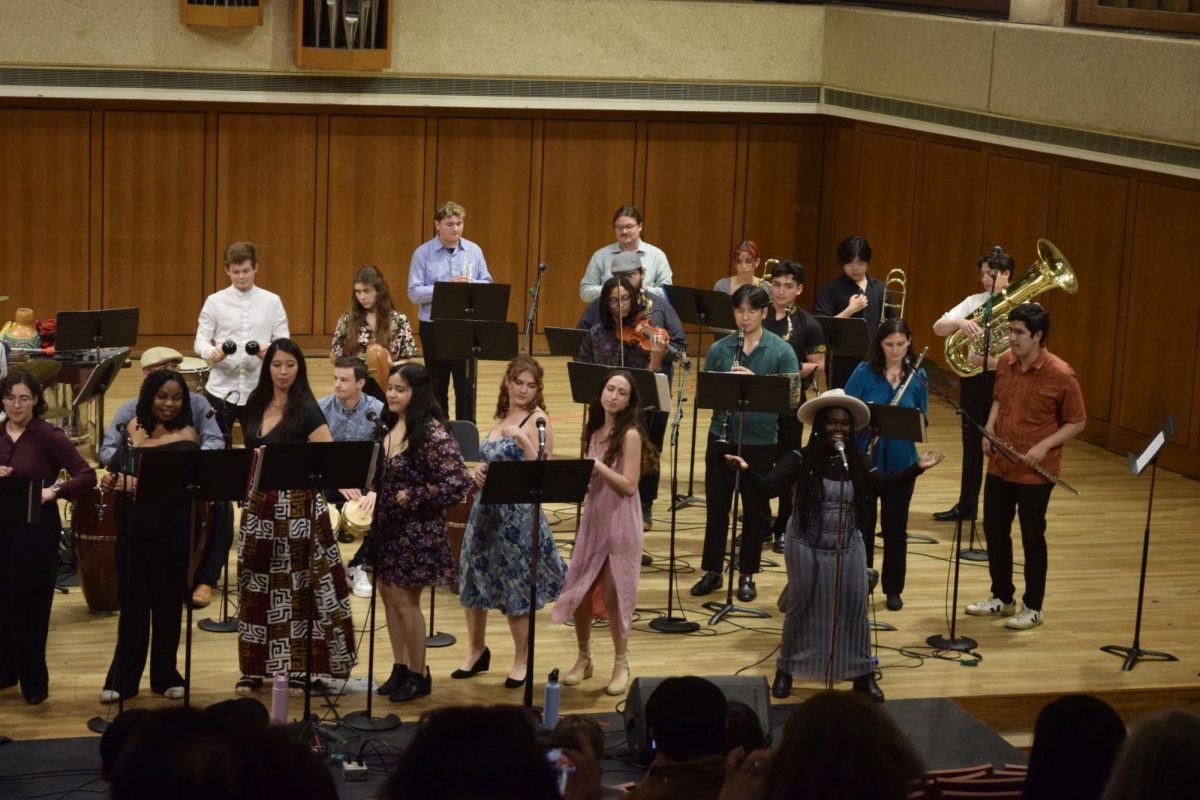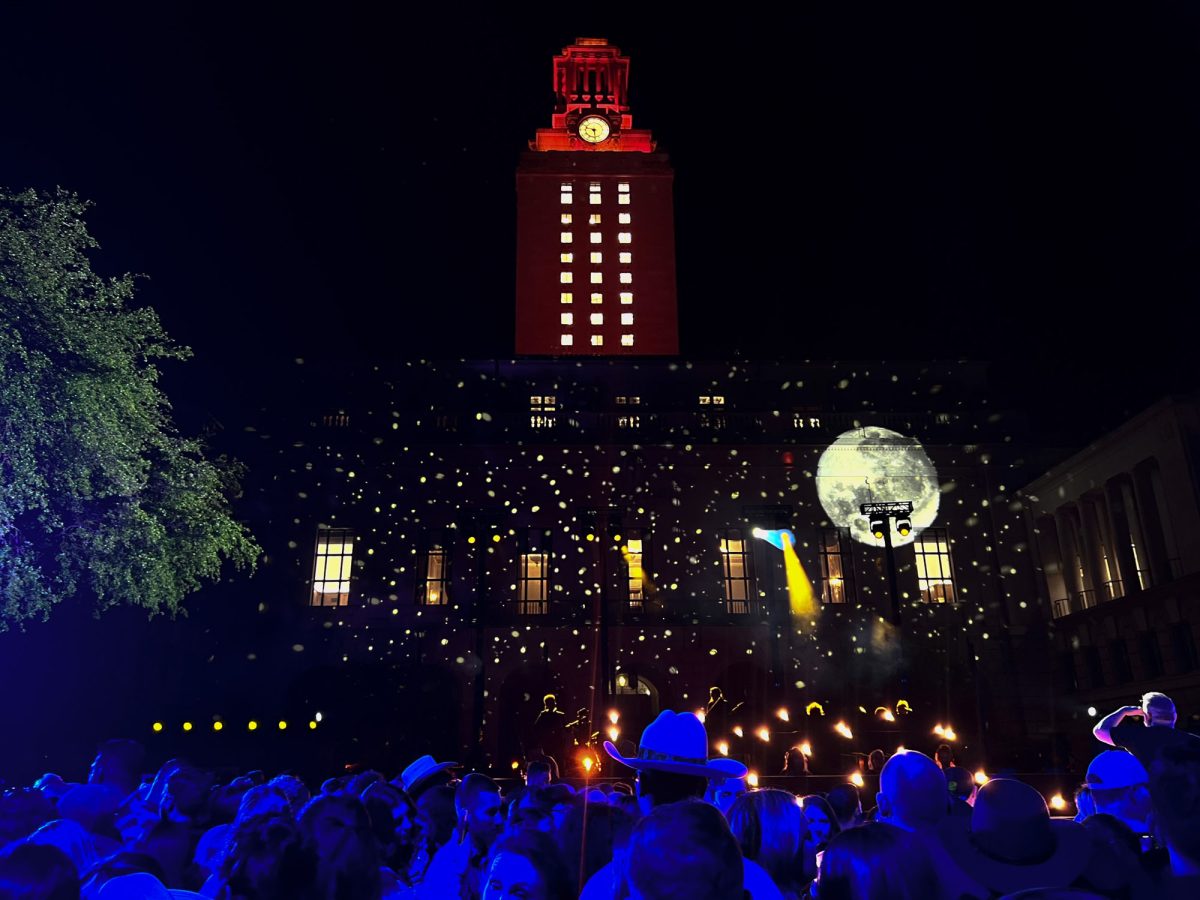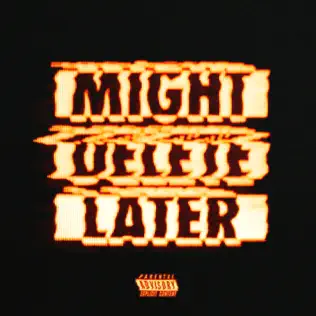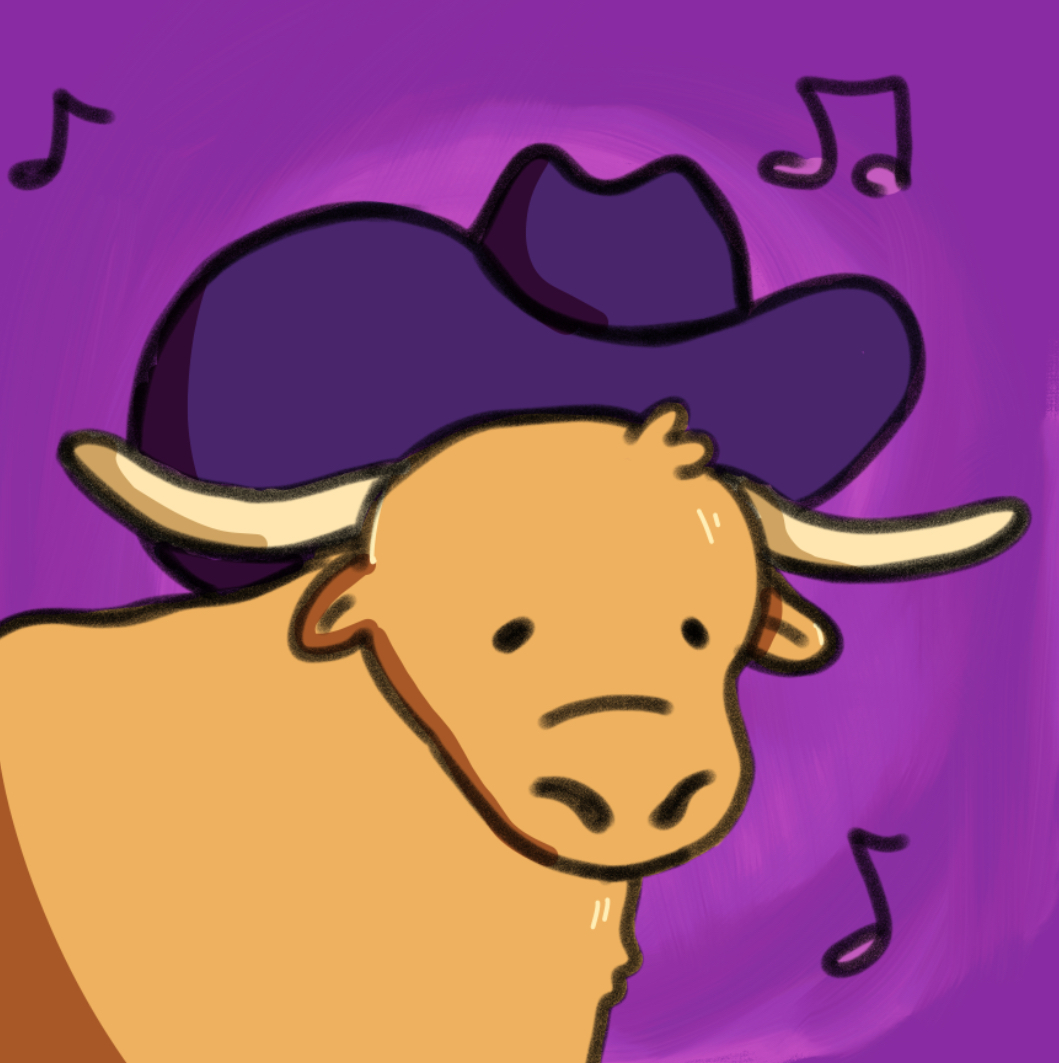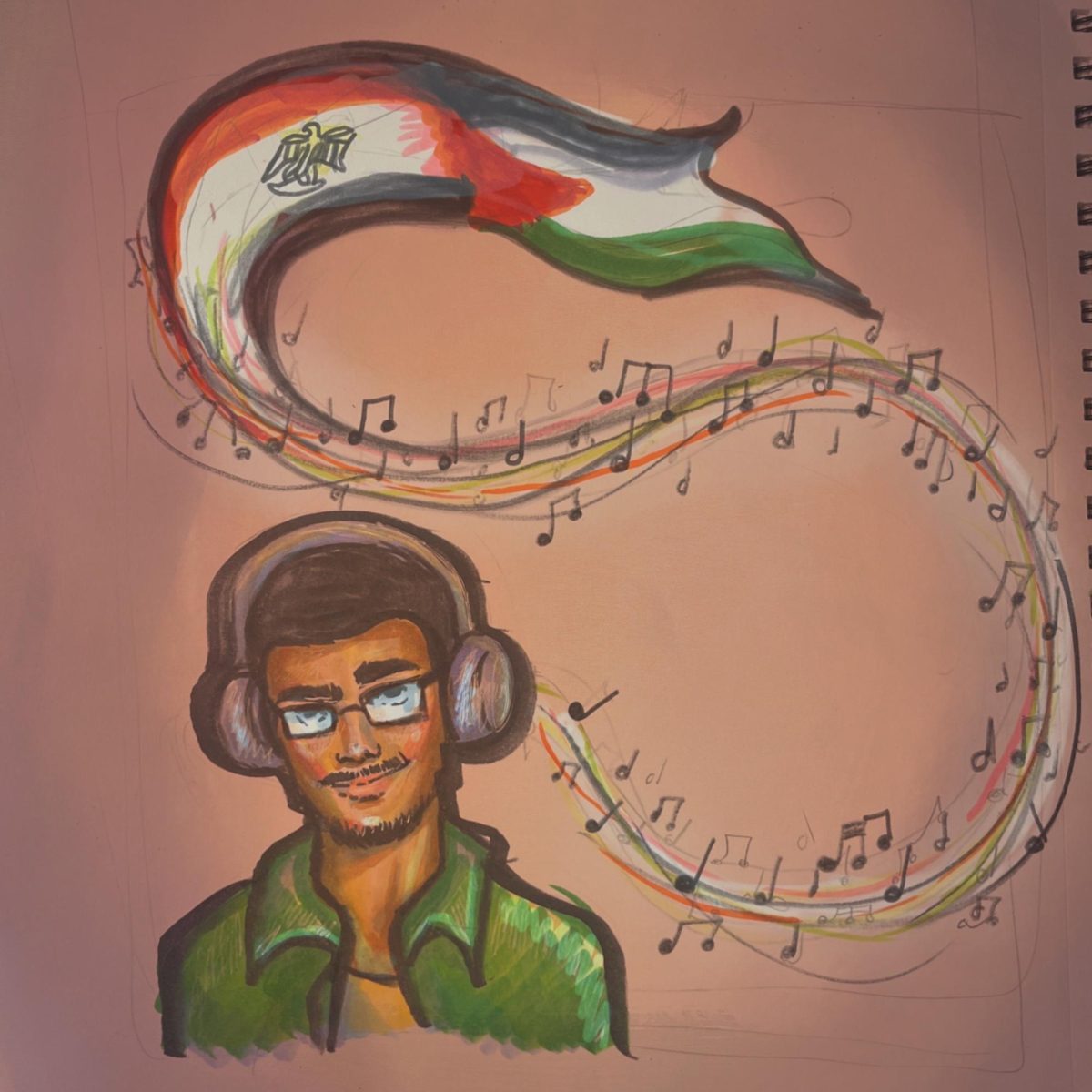Hip-hop has never been associated with hundreds of kids in mob formation chanting a band’s name on the verge of a violent riot in the streets of a major metropolitan area. In contemporary music history, only variations of rock ‘n’ roll, particularly punk, have been able induce such vigorous enthusiasm from its fans. Regardless, Los Angeles rap collective Odd Future Wolf Gang Kill Them All, often shortened to Odd Future, was able to spur a crowd of 350 into a sort of miniature riot on the streets of Boston last May. Scores of acrimonious fans unable to get into an Odd Future promotional signing gathered in the streets. Members from Odd Future egged the crowd on inciting chants, blatantly disregarding the police trying to quell the mob.
That’s the kind of unrest The Circle Jerks or Black Flag would have been able to incite. At South By Southwest I was personally a part of a mob that tore down a fence and tipped porta-potties to see Odd Future. The only other large-scale violence at the festival was the result of dance-punk duo, Death from Above 1979. Odd Future isn’t the only rap group provoking such obscene action. They are merely on the forefront of something larger.
A growing punk-rock mentality has been proliferating within rap in recent years with self-professed rock-inspired Kid Cudi hitting the mainstream. The rapper’s forthcoming rock album has been the talk of the Internet for some time now. In 2007, British hardcore punk group, The Gallows, enlisted rapper Lethal Bizzle, to help them cover The Ruts’ “Staring at the Rude Boys.” The song garnered a fare amount of acclaim on the UK charts, peaking at No. 31.
Hip-hop and punk rock have never been that far apart. Both have, at least in part, been the result of social and economic inadequacies within the western world. Rap and rock have come together years before The Gallows or Lethal Bizzle were ever important; Anthrax and Public Enemy collaborated on a song in 1991 called “Bring The Noise.” Limp Bizkit graced the ’90s with an amazing fusion of the two genres. Even Run-DMC had huge punk tendencies with their DIY, in-your-face attitude. For the first time, the psychological and ideological similarities between hip-hop and punk may manifest in a form that spans across the entire genre.
“Hip-hop is in its hair metal, glam rock stage right now,” said local rapper Matty Dee. “Everyone’s flaunting money and this rockstar attitude like how guys in bands like Guns N’ Roses did.”
Dee went on to talk about his thoughts on hip-hop moving into a grunge phase, on a psychological level, just as rock did in the early ’90s after Guns N’ Roses. While Dee presents a useful contention on the current era of rappers being the equivalent of glam-rockers, he misses the mark a bit by anticipating grunge being next. Grunge was about simultaneously not caring and being self-conscious. While rappers like Cage and Kid Cudi represent elements of this, most up-and-comers are really just about not caring and being brutal. Self-consciousness doesn’t fit into the equation.
Two acts really exemplifying this are Houston’s B L A C K I E All Caps, With Spaces and Death Grips. Death Grips is so punk, where he’s based from is kind of a mystery. His ambiguously titled website, thirdworlds.net, gives no indication of his whereabouts and his Facebook profile lists his location as “the Tent City , CALIFORNIAX 916.” He’s probably from either Canada or the UK, as most of his listed shows are there. It doesn’t matter much anyway, because his style isn’t emblematic of any geographic location. Death Grips’ songs consist of heavily warped beats backed by ominous synths, meshed with vehement, caustic verses. His song “Guillotine” is compromised of him chanting, “It goes, it goes,” as synths gradually builds, culminating in a slicing sound, to which he yells, “Guillotine!”
B L A C K I E also represents this growing fringe of rap with punk undertones. A sizable portion of his catalog is about not giving a damn and he takes DIY to another level, performing almost exclusively with homemade speakers. His rap sets usually draw larger mosh-pits than the punk rock bands he plays with.
Hip-hop has another reason to change. In the late ’80s and early ’90s, rock music in its varying forms served as the normative genre for popular music, standing next to omnipresent pop. The turn of the decade didn’t only mark a change within the rock music from extravagant and excessive hair-metal to grunge but also from economic success to economic recession. Music, like all art, reflects the sentiment of its participants, the creators and the fans. The movement into grunge symbolized America’s rejection of wasteful excess that pervaded glam-rock, as consumers could no longer appreciate excess in their economic hard times.
Artists like Slim Thug and Lil Wayne are dinosaurs. Like Poison, Bon Jovi and so many others, current rappers are playing to a generation that doesn’t care anymore and wants something new that they can relate to in an era where luxury is sparse. Rapping about Gucci and Lamborghini’s are trite vestiges of a passing era.
Printed on September 13, 2011 as: Hip-hop exhibits punk, DIY attributes










